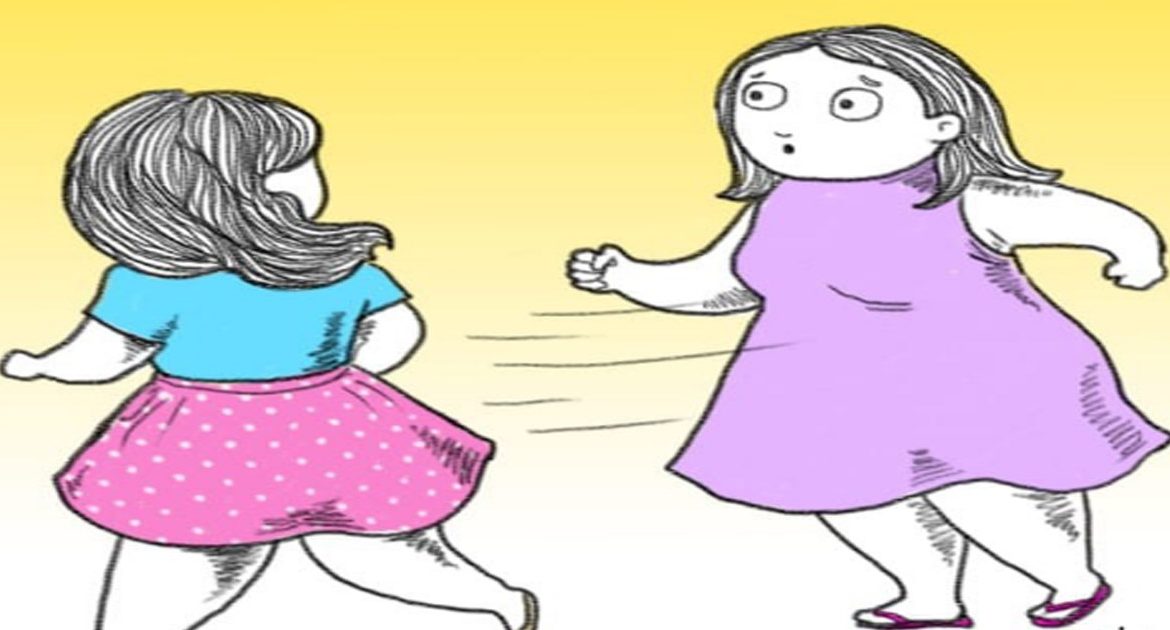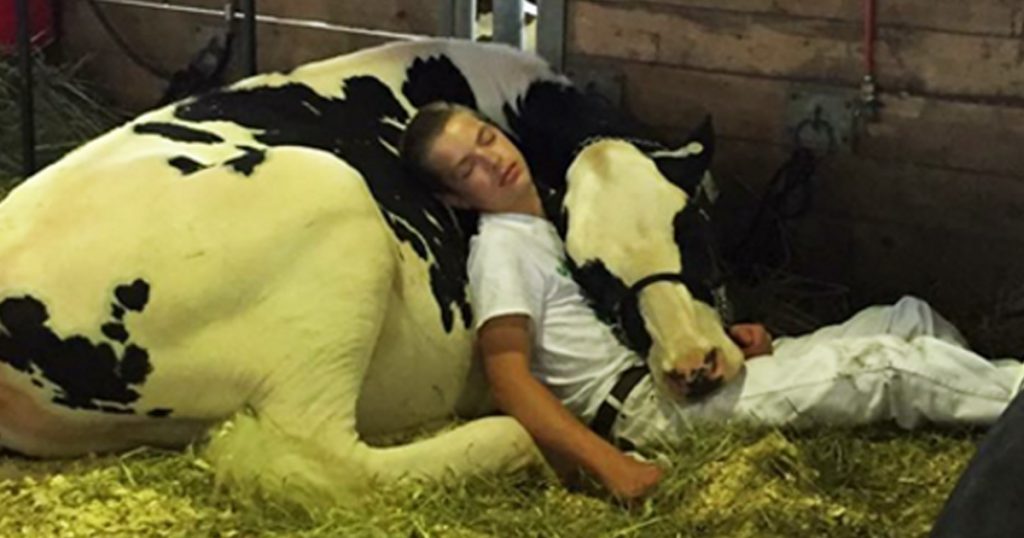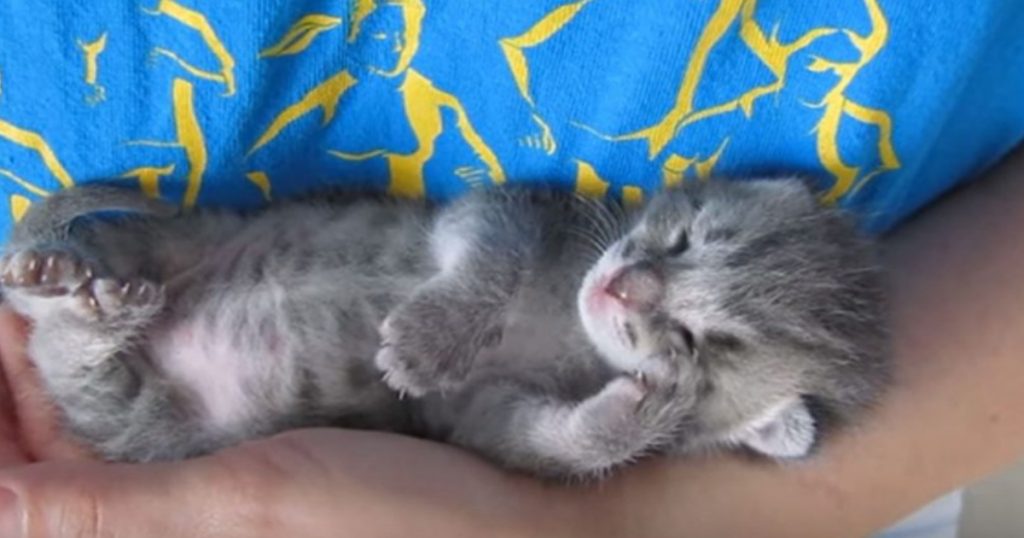When the warm summer and spring months arrive, lots of us reach into the back of the closet to fish out our favorite sandals.
But if yours happen to be a pair of flip-flops, freeze right there. We have a few good reasons why you should stop wearing flip-flops right now.
These simple sandals have been popular for decades, and they’ve been doing a number on our toesies for just as long.
Don’t get us wrong, we totally see the appeal of a comfy and simple shoe that you can just slide right on.
Unfortunately, the simplicity of the shoe also makes it a foot doctor’s nightmare.
A gentle foot massage might be able to temporarily alleviate the pain, but the best option might be to stop wearing flip-flops entirely.
While it’s fine to wear them to the beach or in the shower at the gym, these floppy sandals leave your vulnerable feet open to all sorts of accidents and injuries.
Scroll through below to learn why you should stop wearing flip-flops whenever possible.
What Are Flip-Flops?
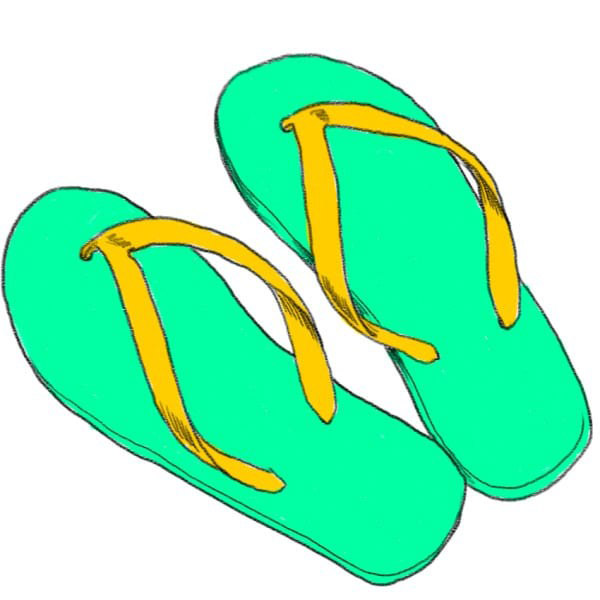
Different people have different definitions, but if we’re talking about the most dangerous shoe to wear out and about, we mean the most basic and simple type of flip-flop.
These shoes generally have simple, flat foam soles with a pair of plastic straps that form the thong wrapping around the foot and between the toes.
Why Are Flip-Flops Bad For You?
#1: They Cause Bunions
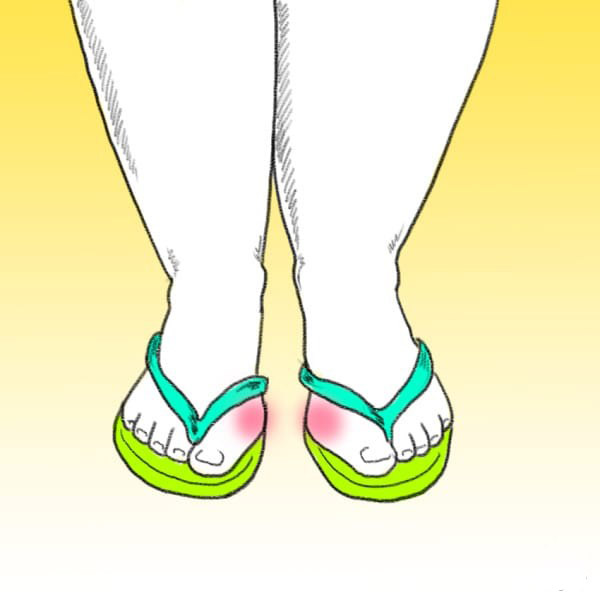
Bunions are painful, bony protrusions on your feet, usually right on the side of your foot below your big toe.
You can also get “bunionettes” on the outside of your foot, by the pinkie.
Both types of bunions are caused by pulling and stretching the ligaments of your foot.
When the ligaments are misaligned, the little bones in your foot get pulled out of place and you end up with bunions.
Flip-flops are a major culprit, because they create an unnaturally flat surface and force your ligaments and tendons to tug in the wrong spots.
#2: They Don’t Support Your Arches
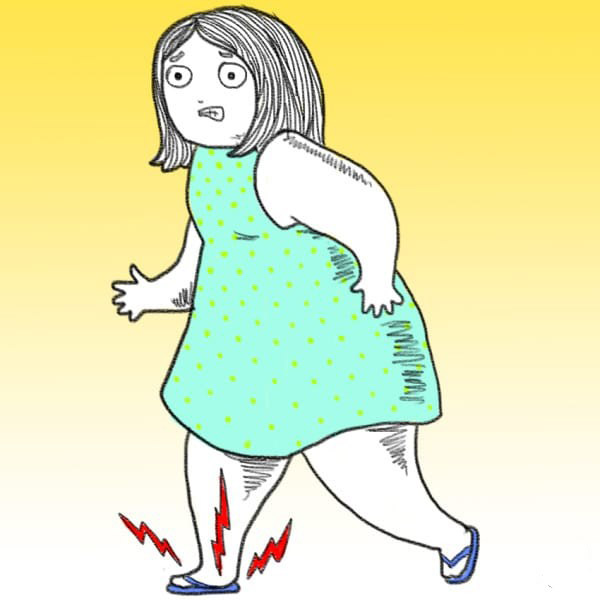
One of the biggest problems with flip-flops is that most of them have virtually zero arch support.
Every foot has a bit of natural arch to it in the middle. Shoes with arch support inside carry the weight of your foot and preserve the shape of your arch.
Without arch support, we get back to an earlier point. Your ligaments and tendons will start to tug in all the wrong directions to compensate.
All that tugging on the ligaments translates to one thing: pain in your feet, which might trigger bunions, heel spurs, and plantar fasciitis.
#3: They Let Fungus Fester
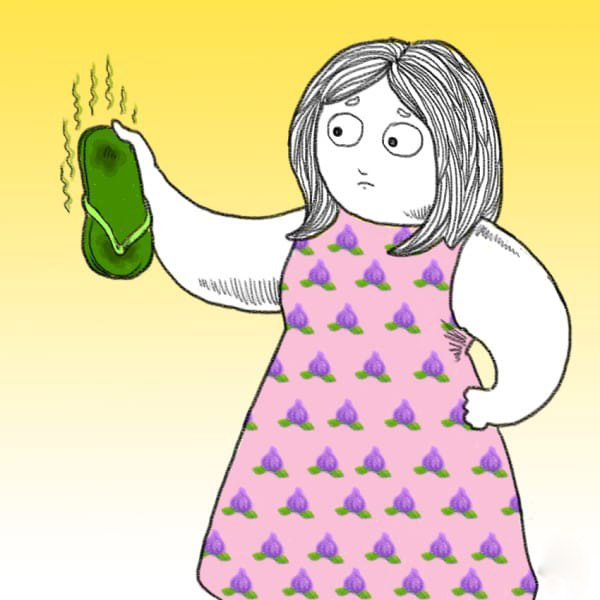
If your flip-flops have a soft foam base, you are very likely looking at fungus city, especially if you ever wear them in the water.
Take, for instance, the communal shower at the gym or the pool.
You wear flip-flops to keep from catching fungus, but the fungus and bacteria get in anyway, and make a nice cozy home in the porous foam.
Eventually, they get to your feet anyway! That doesn’t mean you should stop wearing flip-flops in communal showers, it’s just a good idea to keep them dry and clean, and replace them often.
#4: They Make Blisters Erupt
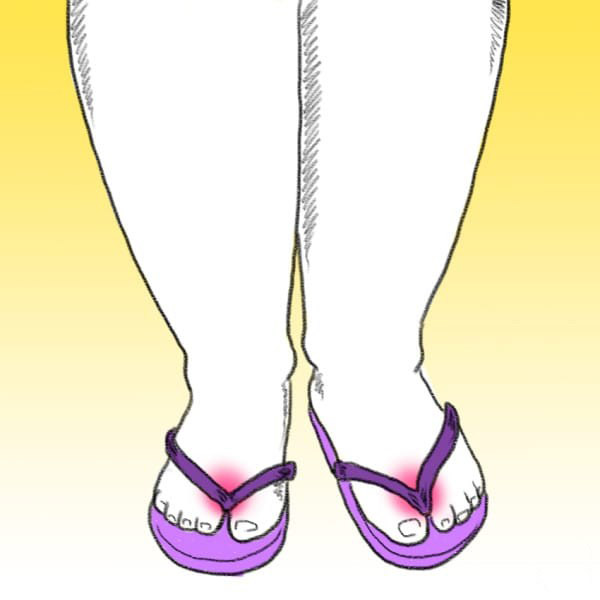
Blisters are a necessary evil for many shoe-wearing experiences.
As we all know, shoes that you wear without socks will usually give you a few blisters at first, until you break them in.
Flip-flops are different, especially the kind that have a plastic thong in the middle.
A plastic thong can’t be worn in like leather or fabric. It will simply keep rubbing at the tender skin between your toes (especially if you get your feet wet) and will give you a blister every single time.
#5: They Hammer Your Toes
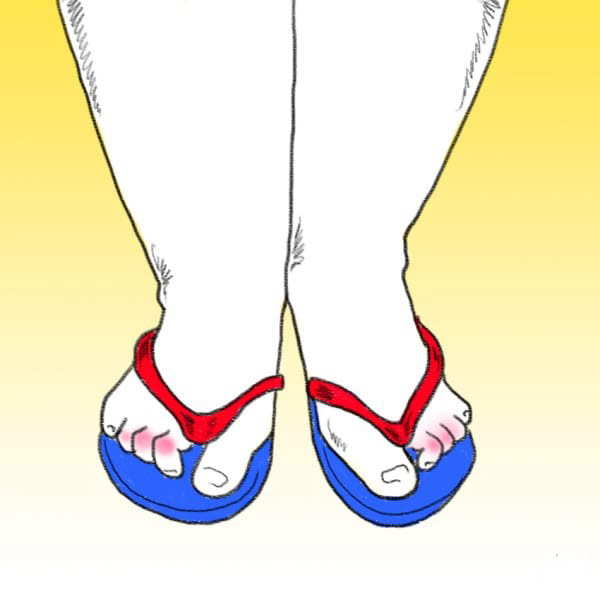
Wearing a shoe without good support puts a lot of unnecessary stress on all parts of your foot.
For instance, your toes can get all out of whack from two major factors: the lack of arch support, and the thong threaded between your big toe and your second.
Flip-flops force your toes to curl and your tendons to tug.
Over time, that can give you a condition called hammertoe, where one toe crosses over its neighbor. It’s not pretty, and often requires surgery to fix.
#6: They’re A Stumbling Block
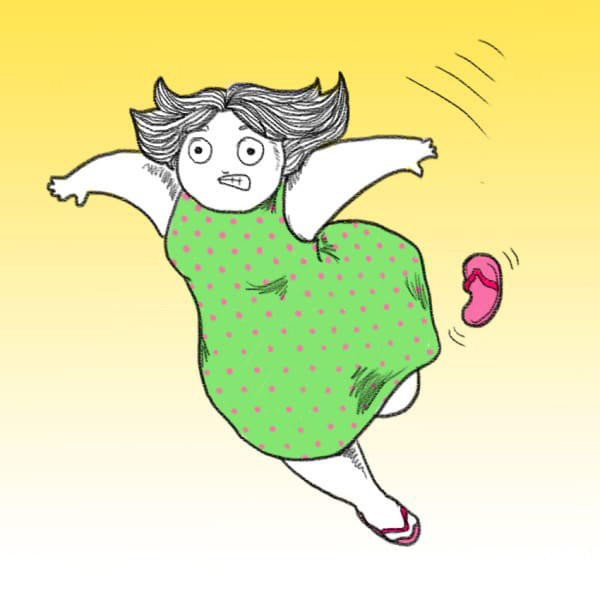
A lot of middle schools and high schools actually ban flip-flops now, because they are such a hazard to kids’ health.
That’s because it’s incredibly easy to trip and fall while wearing these floppy shoes. It’s just as easy for someone passing to step on your shoe and pull you up short.
Basically, any shoe that doesn’t fully stay on your foot is a recipe for twisted ankles, stubbed toes, and trip-and-fall accidents.
#7: They Slow You Down
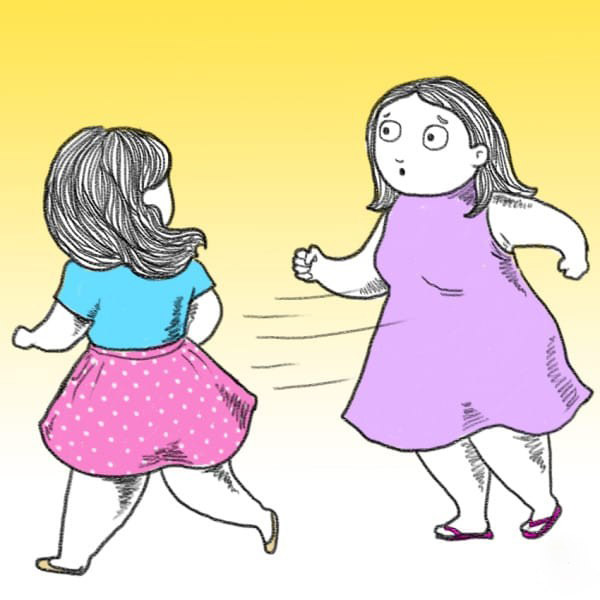
Ever try to run in flip-flops? We don’t recommend it.
Running — or even just walking – in flip-flops will slow you right down, because it’s hard to keep them on your feet as you move.
You have to continuously grip and re-grip them with your toes to make progress, which means that they can be a serious liability if you need to move fast.
#8: They Hurt Your Heels
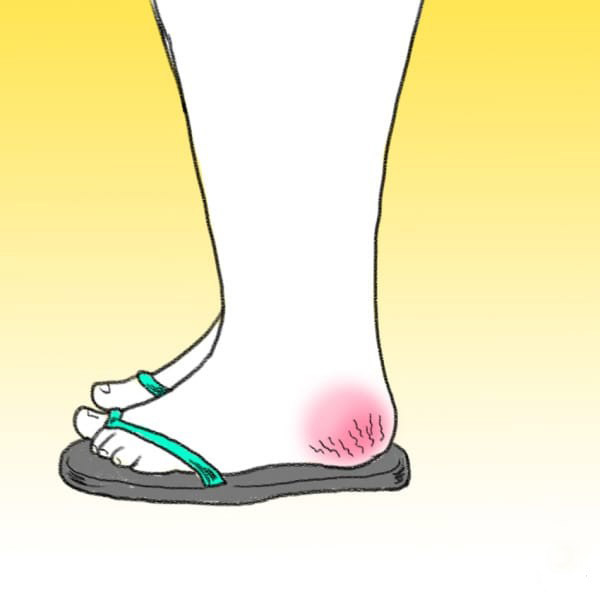
We all know the sound flip-flops make when you walk in them: “Slap-slap-slap.”
That’s the sound of the soles hitting your heels, and your heels hitting the pavement, over and over again.
Flip-flops basically force you to step in such a way that all your weight comes down hard on your heels.
That makes them ache like heck, and the added pressure on the skin can also leads them to develop calluses and cracked skin — not a look anyone wants in sandal weather.
Long story short? Flip-flops may have a place on the beach, but for running around town, only a sturdy shoe will do.
Be sure to Liked Video this important info with the flip-flop addict in your life!
